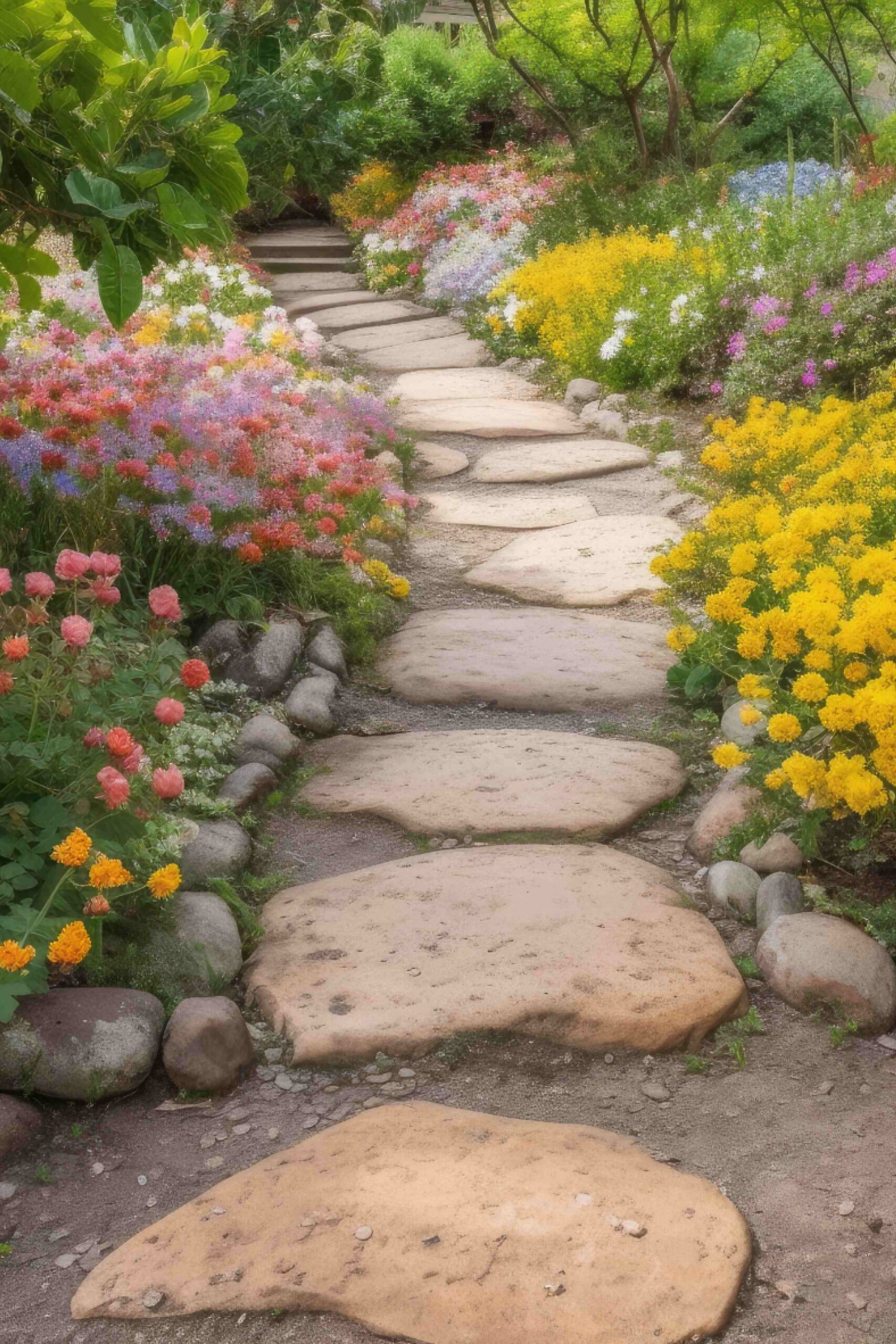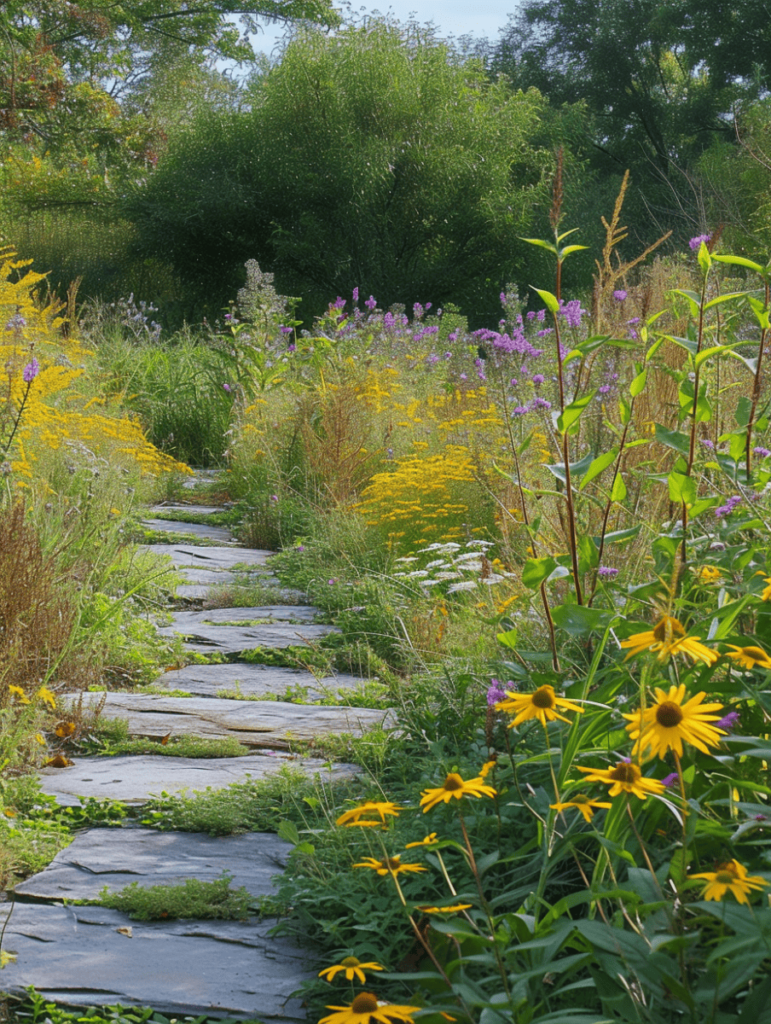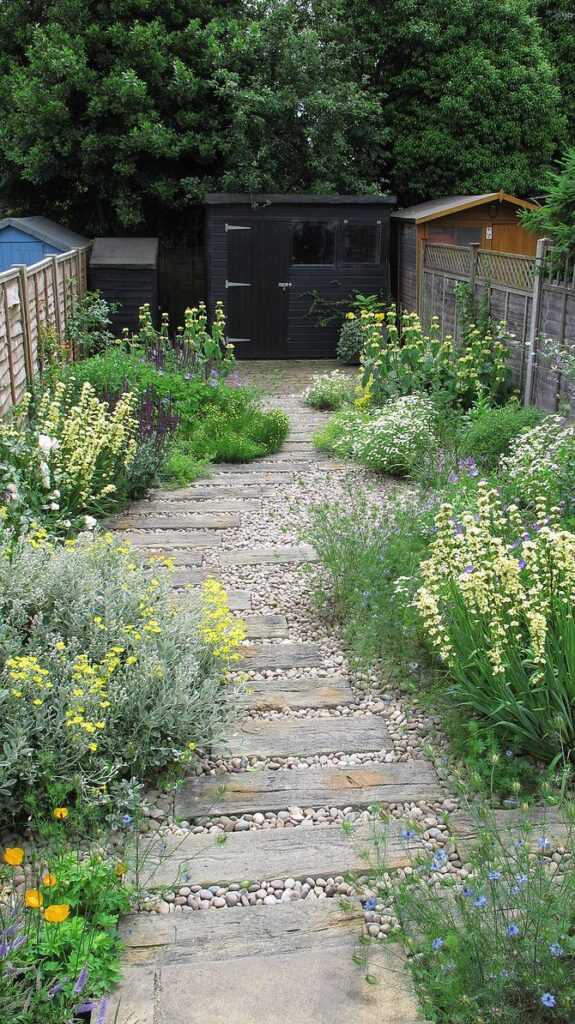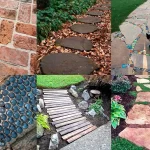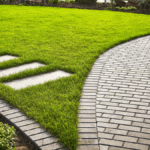Garden paths can add an element of charm and functionality to any outdoor space. Whether they wind through a lush green garden or lead to a peaceful seating area, garden paths provide a sense of direction and structure to the landscape. Choosing the right materials for your garden path is crucial in creating a cohesive and visually appealing design.
One of the most popular materials for garden paths is natural stone. From flagstone to cobblestone, natural stone adds a rustic and timeless look to any garden. It is durable and low maintenance, making it a practical choice for high-traffic areas. Natural stone can also be laid in a variety of patterns, allowing for endless design possibilities.
Another popular option for garden paths is gravel. Gravel paths are versatile and budget-friendly, making them an attractive choice for many homeowners. Gravel paths can be easily installed and lend a casual and relaxed feel to the garden. They also provide good drainage and are ideal for areas with heavy rainfall.
For a more formal and elegant look, consider using pavers for your garden path. Pavers come in a wide range of colors, shapes, and sizes, allowing for endless customization. They are easy to install and maintain, making them a popular choice for busy homeowners. Pavers can be arranged in various patterns, such as herringbone or basket weave, to create visual interest.
If you prefer a more natural and organic look, consider using wood for your garden path. Wood paths blend seamlessly with the surrounding landscape and add warmth and character to the garden. They can be made from a variety of materials, including cedar, redwood, or even reclaimed wood. Wood paths require regular maintenance, such as sealing or staining, to protect them from weathering and rot.
No matter what material you choose for your garden path, be sure to consider the overall style and aesthetics of your outdoor space. The path should complement the existing landscape and architecture of your home, creating a harmonious and cohesive design. With the right materials and careful planning, your garden path can become a focal point of your outdoor oasis.
